
The methodologies demonstrated here open the way to fully compliant at-line monitoring of monoclonal antibody quality attributes.

The methodologies demonstrated here open the way to fully compliant at-line monitoring of monoclonal antibody quality attributes.
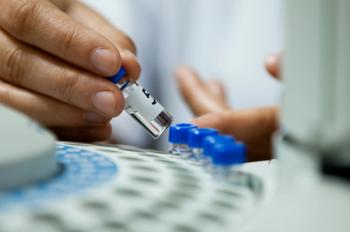
An overview of GLP regulations and related public standards.

Results from our recent survey on sample preparation techniques uncover trends in the field over the last generation and their impact going forwards.

Alasdair Matheson spoke to Jacob de Boer of Vrije Universiteit Amsterdam about a recent innovative research project investigating per- and polyfluoroalkyl substances (PFAS) in fast food packaging.
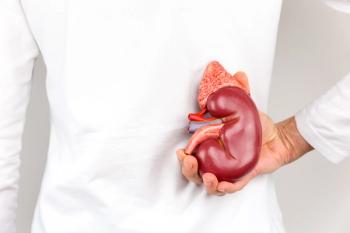
Researchers have developed a multitargeted internal calibration method for precise quantification of chronic kidney disease (CKD)-related endogenous metabolites using liquid chromatography–mass spectrometry (LC–MS).
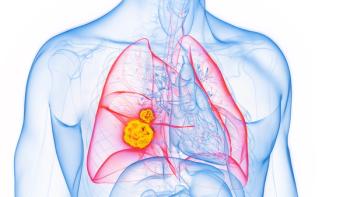
To analyze circulating tumor cells (CTCs) more efficiently in clinical whole blood samples, a team of scientists from Chengdu, China, created their own simplified CTC analysis system.
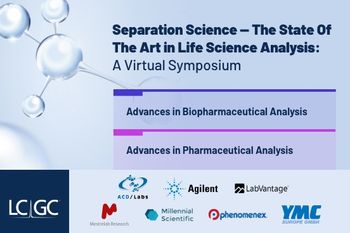
Webinar Date/Time: Wednesday, October 18th, 2023 12:30 pm BST 7:30 am EDT 13:30 pm CEST Thursday, October 19th, 2023 12:30pm BST | 7:30am EDT | 13:30pm CEST

Alexander Makarov was awarded the honor first introduced by the British Mass Spectrometry Society in 1987.

At the Cannabis Sciences Conference, Zacariah Hildenbrand held a talk which focused on various analytical methods and how they affect the cannabis production process.

Webinar Date/Time: Tue, Oct 24, 2023 11:00 AM EDT

Okadaic acid (OA) is considered a marine toxin with distributed hydroxyl, polycyclic ether, and carboxyl groups, easily accumulated in shellfish and known to cause food poisoning in humans.

Webinar Date/Time: Friday, September 29, 2023 at 11am EDT | 8am PDT | 4pm BST | 5pm CEST

Scientists from the National Institute of Pharmaceutical Education and Research (NIPER) in India used a variety of techniques to characterize erdafitinib and its various products.

Researchers investigated the benefits of the efficient and environmentally friendly approach of direct solid-phase microextraction-mass spectrometry (SPME–MS) for rapid analysis.

Researchers from Corteva Agriscience tested a new approach for separating and quantifying small molecule structure elucidation.
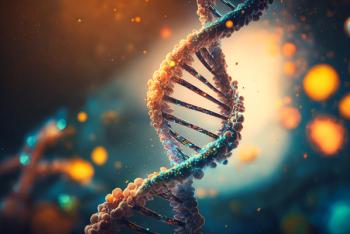
In a recent study, researchers from the University of Wisconsin–Madison introduce a set of isobaric tags called DiLeuC, which are designed to aid quantitative analysis of complex samples.

Webinar Date/Time: Tue, Oct 3, 2023 11:00 AM EDT

This report not only focused on the different types of portable X-ray fluorescence (pXRF) spectrometers available, but also their capacities for limits of detection and quantification (LOD and LOQ, respectively), linearity, and calibration strategies.

Multiple headspace extraction (MHE) can be readily implemented with automated headspace-selected ion flow tube mass spectrometry (SIFT-MS).

This article demonstrates how sorptive extraction is a highly efficient technique for the VOC profiling of honey samples.

Pop quiz—can you define resolution? Would you be surprised at the number of correct answers? Which one is the best for chromatographers? In this LCGC Blog, we look at the various ways resolution can be interpreted scientifically.

Brazilian scientists are testing a system to detect endocrine disruptors in wastewater samples to help improve public health.

Optimal reaction conditions for the desired deethylation were found to be mild, using only water and oxygen at or close to ambient temperatures.

A recent study from North Carolina State University explores a new mass spectrometry imaging (MSI) method that can reduce MSI data acquisition time.

Webinar Date/Time: Tue, Sep 12, 2023 2:00 PM EDT